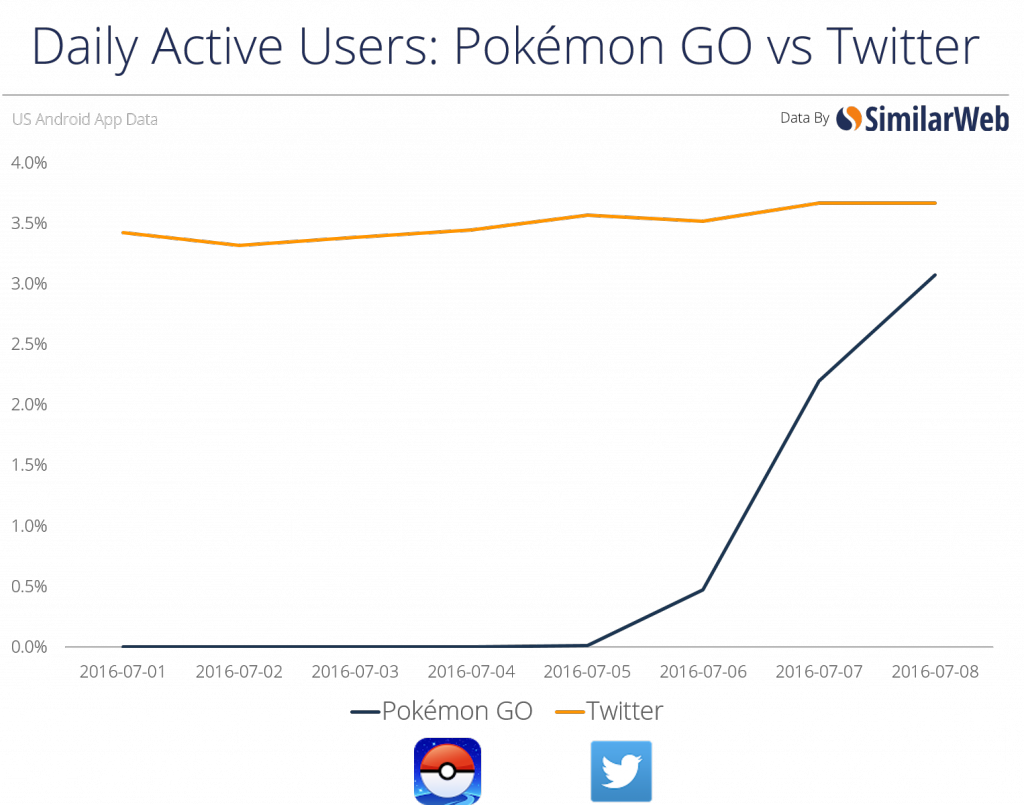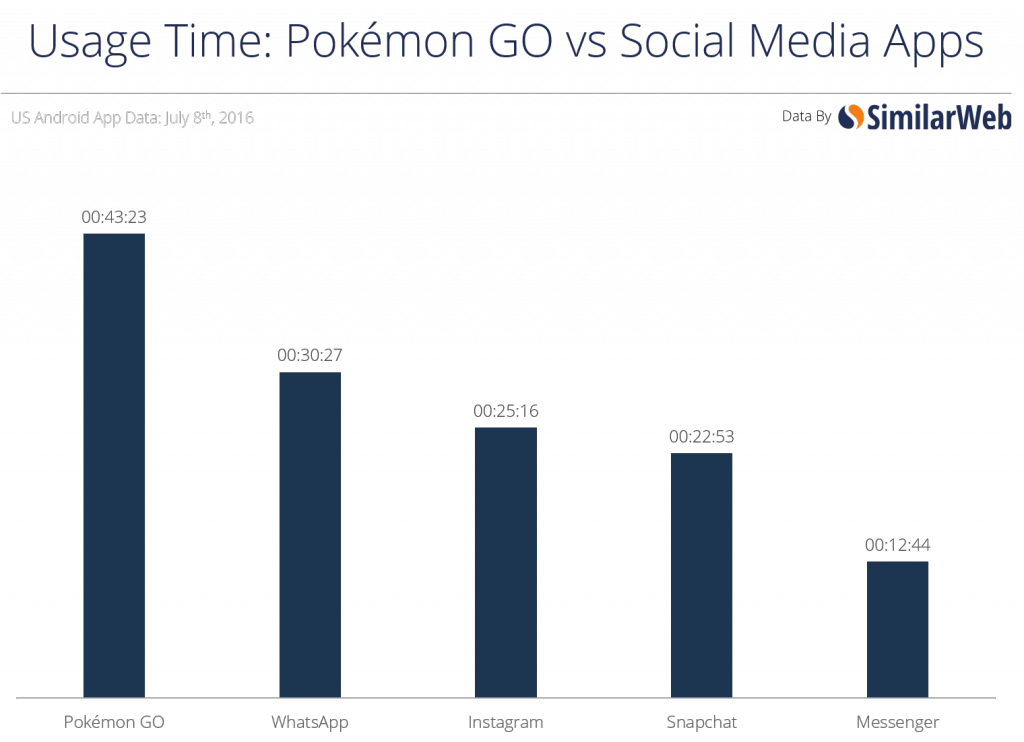Augmented Reality has seemingly endless possibilities, however, attempts made to merge the real world with that of computer-generated content have so far fallen flat. With innovations in Virtual Reality being made every day and VR Headsets becoming mainstream not only for gaming but video content too it begs the question of how long will it be before we see the two integrated?
[easy-tweet tweet=”#AR opens a door to a virtual universe where our minds are the only boundary” hashtags=”security, futurology”]
Described as ‘opening a door to a virtual universe where our minds are the only boundary’, augmented reality begins to sound like the stuff of dystopian nightmares where everything we see has superimposed images of information for everything in the real world in real time, from spare rooms in hotels to live prices on food in supermarkets and all it takes is for the user to look in the right direction.
Before we are hit with this new visual universe however, Japanese gaming firm Nintendo have gifted the public their first highly addictive taste of augmented reality with their smartphone app debut, Pokemon Go. Nintendo, like many companies in recent years, have dabbled in making AR ‘fun’ and easily accessible with ‘AR Games’ on their 3DS console where, by using a recognised card, the console created simple games that ‘appeared’ in the real world via the hardware. Using the smartphone’s built-in GPS the game brings the Japanese company’s creature-filled world into reality and has set users the task of travelling throughout the real-world to ‘catch them all’.
The smartphone app has become an inescapable force of nature over the past few days despite only being released a week ago in a handful of countries and builds on success of the giant video game franchise from the 90s. It benefits from a perfect blend of millennial nostalgia for the original games and the modern thirst for combining new tech like AR with the trend of casual gaming and social sharing on smartphones.
[easy-tweet tweet=”Pokemon Go benefits from a perfect blend of nostalgia and a modern thirst for combining new #tech”]
The basic concept isn’t too dissimilar from real-world treasure-hunting resource ‘Geocaching’ which relies on users and moderators to hide capsules for other users to locate and ‘log’ by optimising smartphone GPS capabilities. Pokemon Go uses your smartphone’s GPS combined with the camera to create the illusion of the collectable monsters appearing on the city streets as you explore the area and allows you to compete alone or in teams to conquer ‘gyms’ which appear as map landmarks scattered throughout the real world. This interactivity with other users assists in the app’s addictiveness through competition and Nintendo plan to further the interaction options by implementing a trade option in order to help trainers ‘catch them all’.
One of the most compelling angles of using AR features in combination with GPS is of course that of security. Early users of the application found it appeared to allow ‘full access’ to their Google accounts and smartphone location settings have been a long time concern for most users. In order to play Pokemon Go it is required for all these security settings to be opened by the user to allow the phone to track your location (even while it is locked and in your pocket). What is concerning about location services is where that data is stored and who can view it. By tracking where you go and even how long you stay in a certain place the data creates a personal profile for you as a consumer and this collected information could eventually be used for tailored advertising or perhaps rather sinisterly it could be our first steps transcending towards the ideologies of Orwell’s Airstrip One where the population is highly monitored by the state.
Stepping away from the dangers of becoming a totalitarian state and concentrating on other perils Pokemon Go and AR technology may impose, more simply perhaps, it will become a distraction. You will be able to whittle away the hours in-game and tone your calfs while you walk miles catching new Pokemon, taking over gyms and hatching eggs but much like texting it will create a perception filter around you while you do so. As a user you may be paying close attention to whats in front of you via the smartphone’s camera, however, because it is a game, users are tending to forget they’re still in the ‘real-world’ while playing it and walking straight out into traffic and even stumbling head first into oceans while hunting for the best Pokemon, because of this it already garners a hazard warning on the app’s splash screen.
Besides Pokemon Go possibly being intrusive to your privacy settings and attempting to kill you while you travel far and wide, it apparently also wants you to be the centre of some minor civil unrest as ‘Poke-Stops’ and Gyms have popped up in-game in some rather unfortunate locations. The US Holocaust Museum in Washington has asked players to stop entering the AR while inside the grounds to collect items and pokeballs as they feel it is extremely inappropriate to the victims of Nazism.
[easy-tweet tweet=”Stocks for #Nintendo soar with the resurrection of the monster franchise” hashtags=”pokemongo, app, security”]
While stocks for Nintendo soar with the resurrection of the monster franchise, the app shows no sign of petering out as the AR is becoming a bandwagoning success with the power of social media allowing gamers to make one another envious of the latest Pokemon they’ve caught and where. The irony of this however is Pokemon Go is fast reaching at the top social apps outpacing them for active users and time spent on the application.
It has proved a success in bringing people together just as much as it has raised eyebrows with groups using ‘pokestops’ to lure unsuspecting users into secluded areas and robbing them. Even with these dangers rearing their ugly heads it is hard to ignore how good it feels to be walking along a street with no idea exactly where you are on your day off and making eye contact followed by a rye smile of a fellow Pokemon Master on their own adventure.
Augmented Reality offers some very exciting ideas for the future of gaming as well as practical uses and making the technology work eventually comes down to getting the formula right and bringing users together in a community where AR assists rather than distracts.
Production Crew at Compare the Cloud





